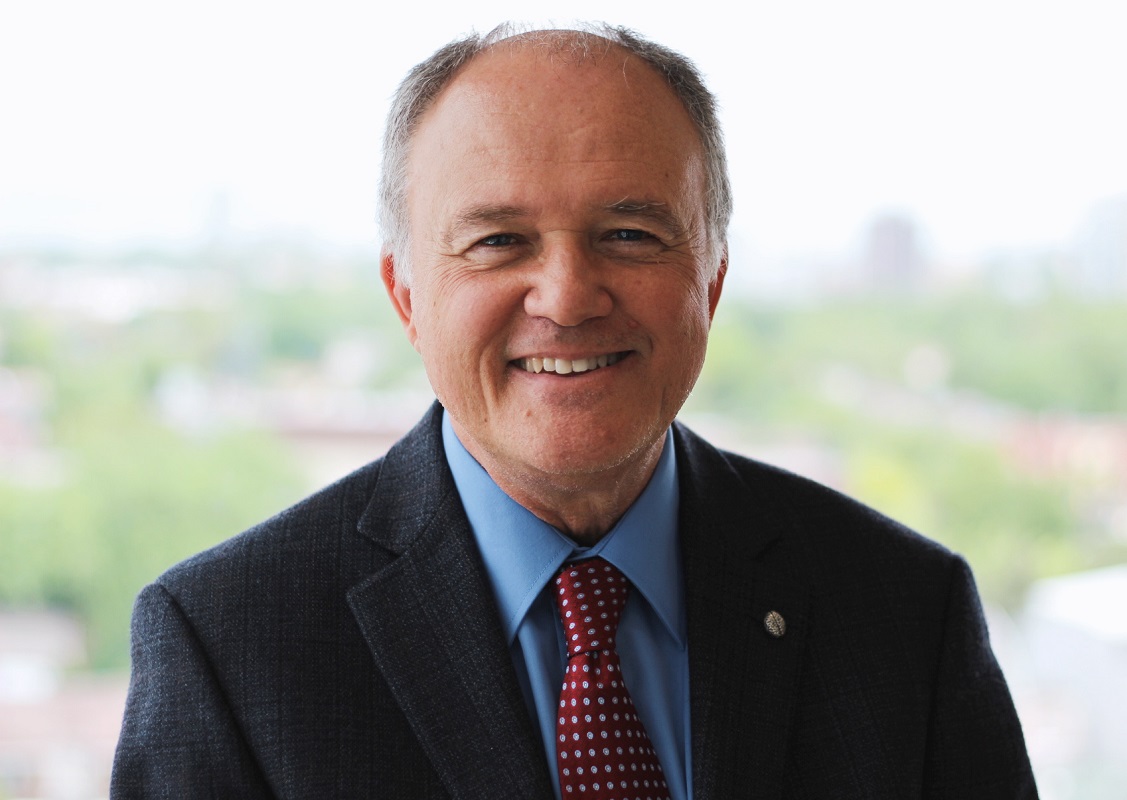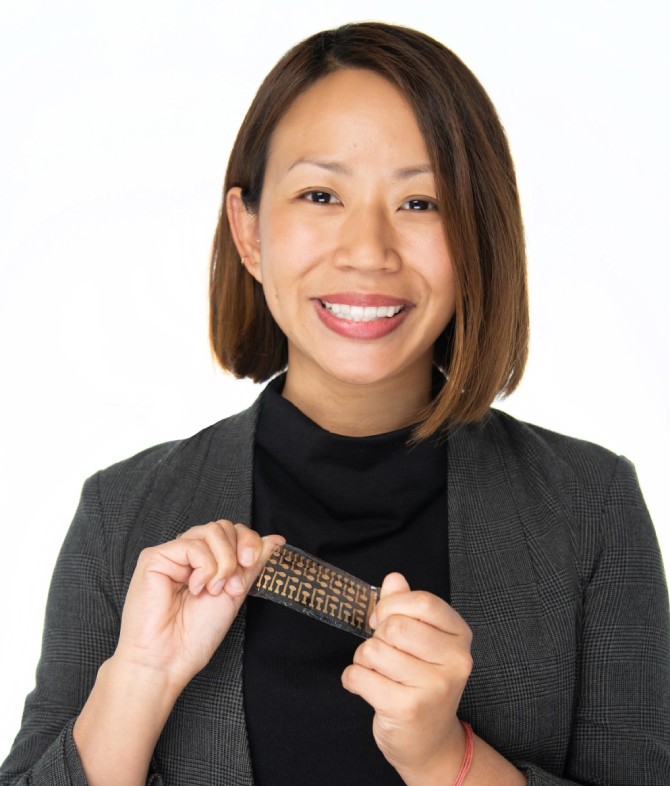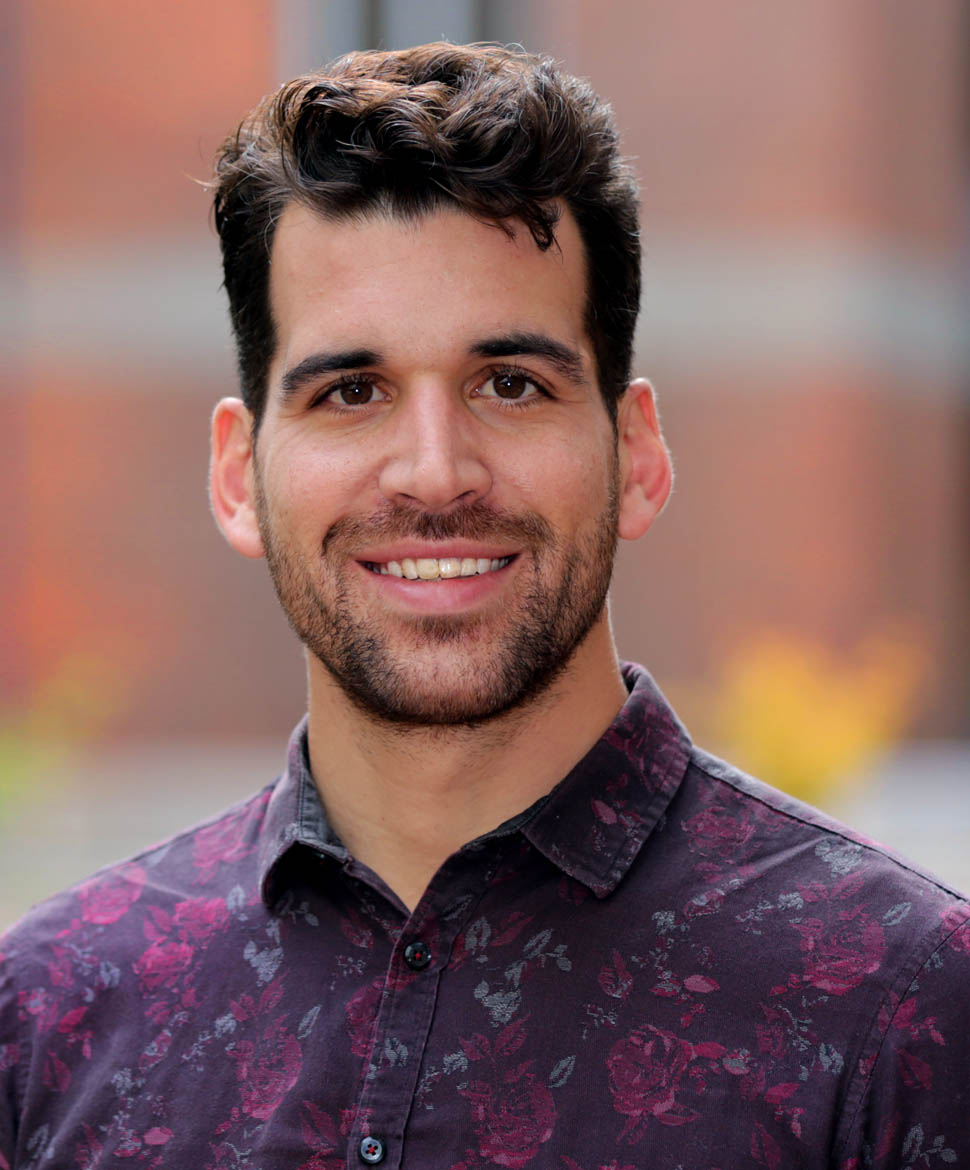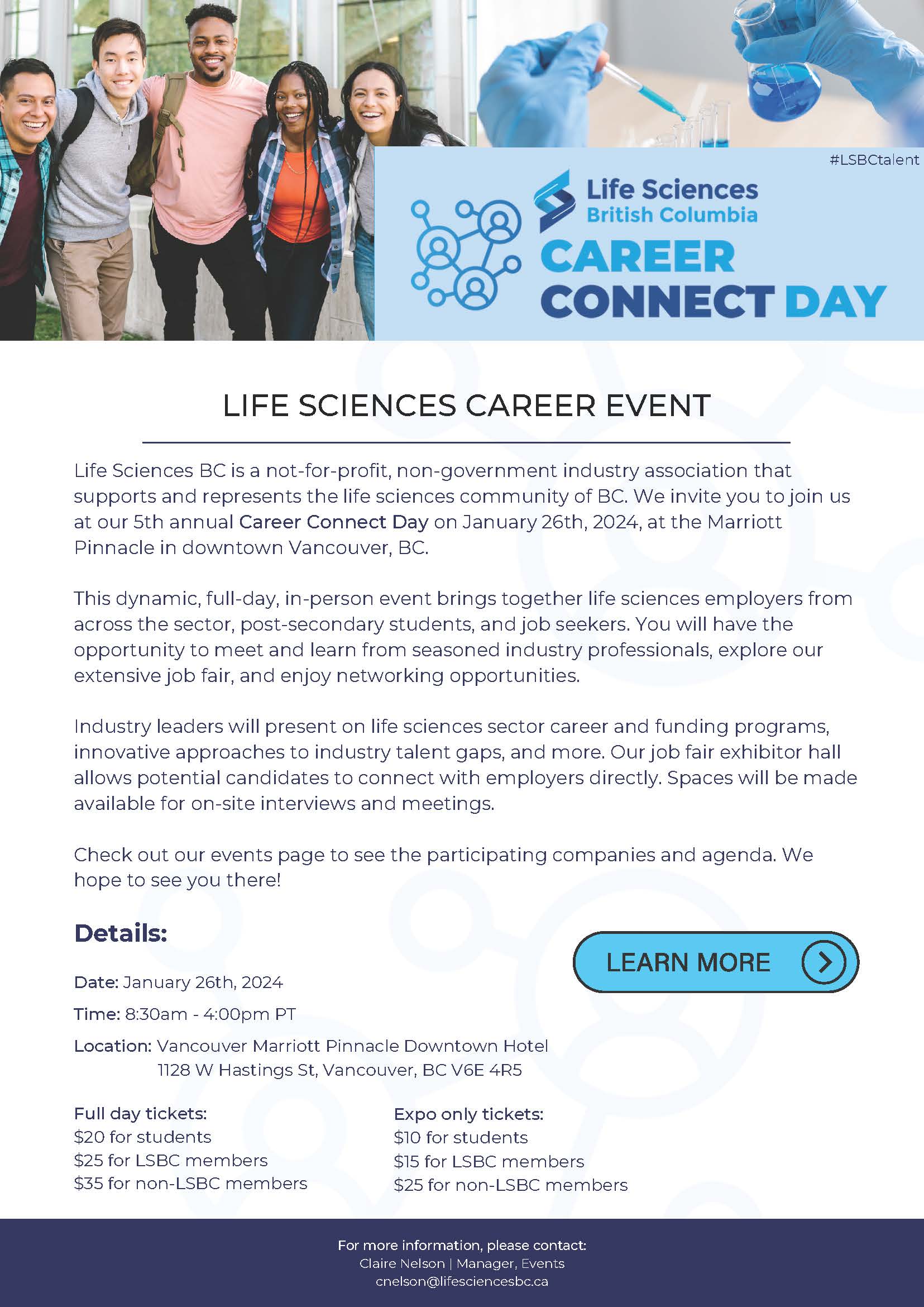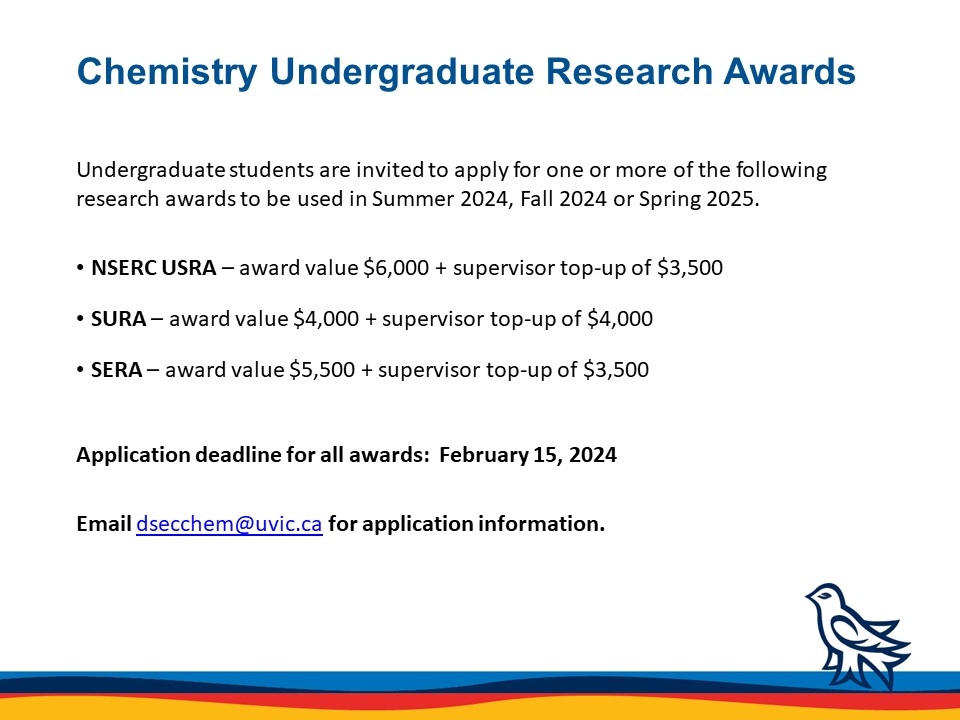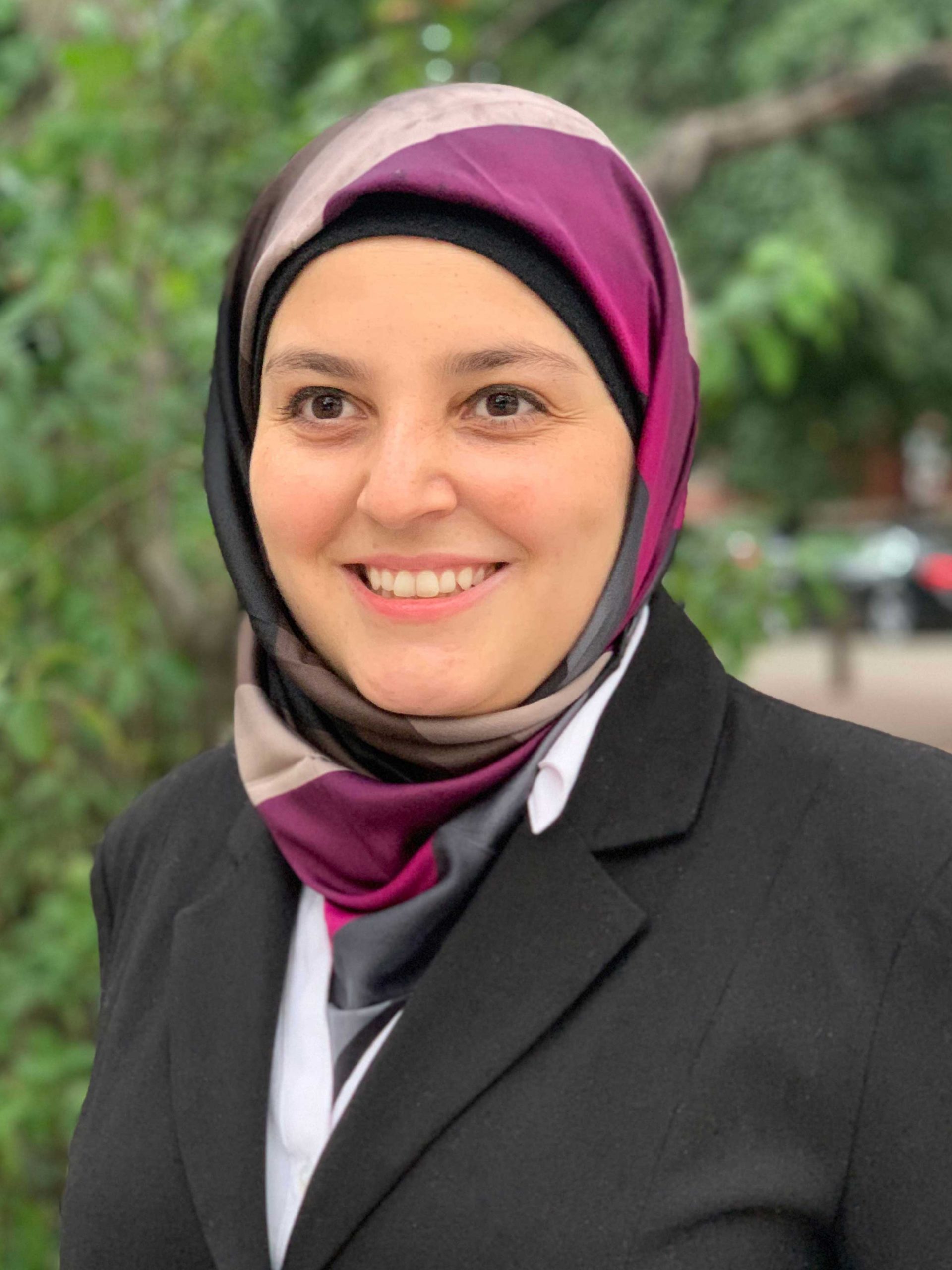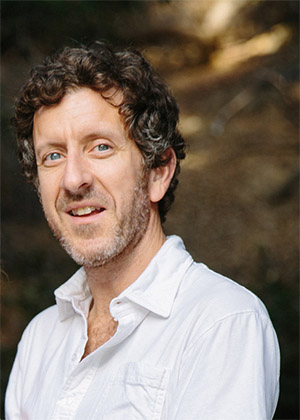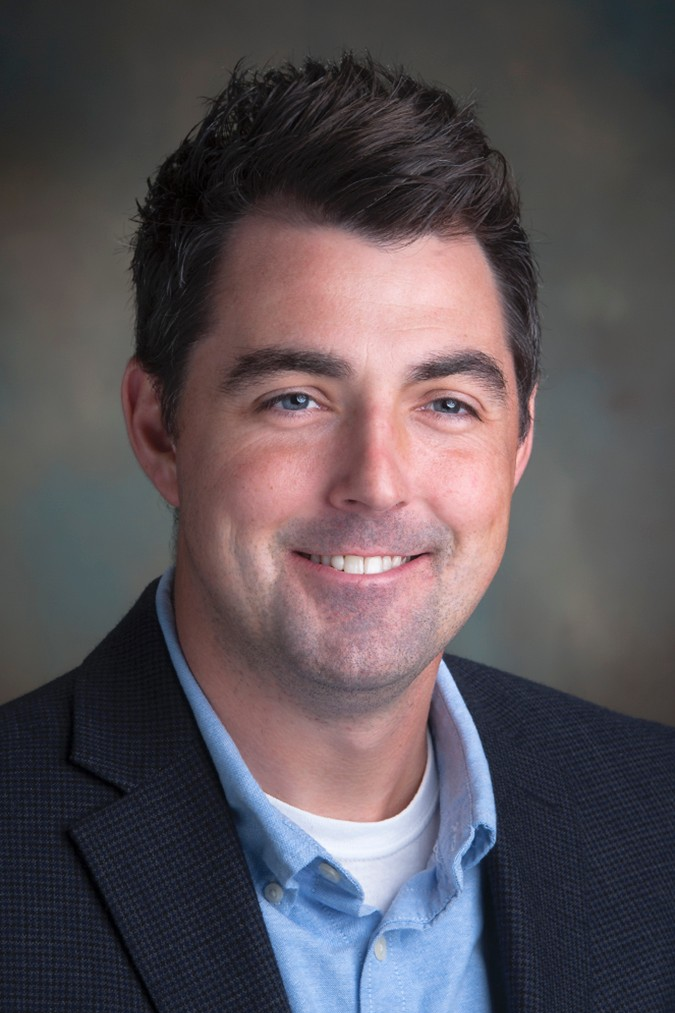Calling all students interested in water and environmental research!
We are currently recruiting students to join the organizing committee for the upcoming Water & Environment Student Talks Conference (WEST-Con) 2024.
WEST-Con is an interdisciplinary conference organized by students for students working within the fields of water and environment. In the past two years, WEST-Con was held in a virtual/hybrid format to facilitate student participation nationally and internationally. This format has seen over 300 participants from 16 countries, creating a global community among student researchers.
We invite students from all faculties to join the multi-disciplinary Organizing Committee for WEST-Con 2024. Subcommittees include: Finance, Communications, Publicity, Logistics, and Content. A brief overview of the roles and responsibilities for each subcommittee can be found in the linked form shared below.
You can join the Organizing Committee by completing the form linked here.
Feel free to email us with any questions (info@west-conference.ubc.ca). We look forward to hearing from you!
Warm regards,
Katie Moloney & Eloisa Sia
WEST Conference 2024 Co-Chairs
Email: info@west-conference.ubc.ca

